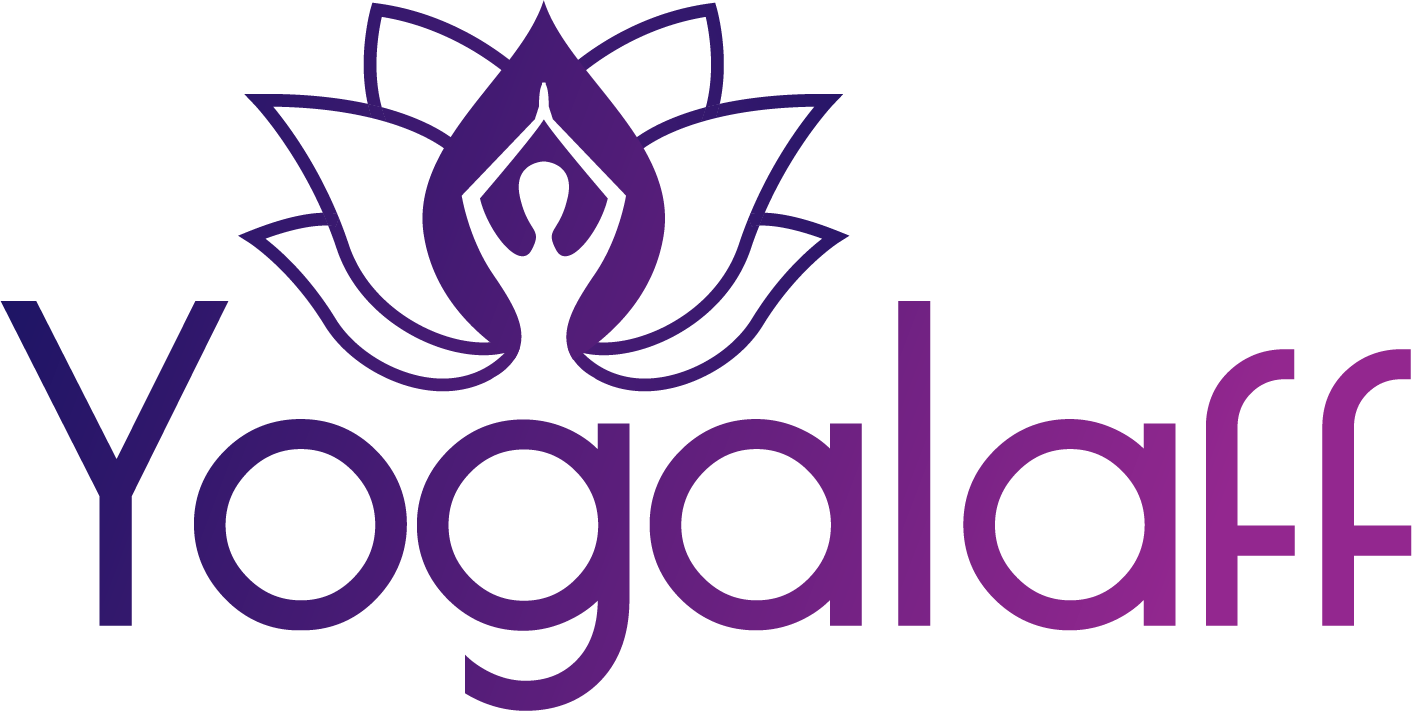
Table of Contents: Benefits | Technique #1 | Technique #2 | Tips
“Waking up this morning, I smile. Twenty-four brand new hours are before me. I vow to live fully in each moment and to look at all beings with eyes of compassion.” ~ Thich Nhat Hanh
Try beginning your day with a short morning meditation. It’s a wonderful way of fostering a sense of inner-stability and taking it out into the day, with all its individual ups and downs.
The first technique outlined here, “Sama Vritti” or “Equal Breathing,” is an ancient yogic breath practice. The second, “Full-Body Breathing” is drawn from the Taoist tradition.
If you don’t find either of the two practices particularly well-suited to you, our meditation for beginners guide has links to numerous meditations all outlined in simple article format (similar to this article).
Benefits of Morning Meditation
- Sets the emotional tone for the rest of the day. Calm will be that much easier to maintain if you’re already relaxed and centered.
- Decreases any anxiety you may have about forthcoming events.
- It will help you feel more connected to your colleagues.
- Sama Vritti (technique #1) has been demonstrated to increase the activity of the parasympathetic nervous system, responsible for healing and rejuvenation when done to a count of five. This variation is known as “Coherent Breathing.”
- Full-Body Breathing (technique #2) has both a calming and energizing effect, perfect for a morning practice.
Technique #1 (Sama Vritti/Equal Breathing)
- Seat yourself comfortably and close your eyes.
- Rest your awareness for a few moments on the bodily sensations of your breathing, in and out.
- As you inhale, gently count to five. Repeat for the exhale. (Breathing in, two, three, four, five; breathing out, two, three, four, five.)
- Repeat for as long as you wish. If you become short of breath, simply use a lower number.
Technique #2 (Full Body Breath)
- This technique is practiced standing. Remember: everything should be done softly.
- Breathing in, feel that you are drawing energy up through your feet, that it flows up along your legs and spine and out of the crown of your head.
- Breathing out, imagine your breath beginning at your head, flowing down along your spine and legs, and out into the earth through your feet.
- Find a rate and a speed with which you are comfortable.
Tips
- Finding time in the morning can be a struggle. We’ve usually got lots of things to do before rushing out to work. Practicing whilst traveling (on the tube, train or bus) can be a beneficial habit to foster. “Coherent breathing” can be done anywhere without drawing attention. Equally, if you’re driving, setting aside two or three minutes after you’ve parked is an option.
- Because you’re fresh in the morning, settling your attention can be difficult. Some of the more active meditations (like full-body breathing and the one demonstrated by Kim Eng below) can “short-circuit” this issue.
- Bear in mind that you’re looking for the right balance of calming and energizing effects from your morning meditation. Both the techniques outlined here will provide that balance.
- Remember to try these techniques with a playful attitude, there’s no right or wrong!
- You may wish to include a short affirmation at the end of your meditation. Something like the meditation quote from Thich Nhat Hanh above.
Further Reading (And Watching)
For an excellent (and very concise) introduction to the many benefits of meditation, with full references to supporting scientific literature, have a look at Emma Seppala’s article.
For more information about “Coherent Breathing” visit Drs. Richard Brown and Patricia Gerbarg’s website.
Kim Eng Guided Meditation
This practice from Kim Eng (Eckhart Tolle’s partner) is one of my all-time favorites!
Image credit: Misty Morning by MCLC Books
 “Micro-meditation.” Sounds like one of those hackneyed buzzwords doesn’t it?
“Micro-meditation.” Sounds like one of those hackneyed buzzwords doesn’t it?
With its broader acceptance in western culture, meditation is often touted as a cure-all. Stress, anxiety, insomnia, drug addiction, poor concentration…all eliminated with ten minutes a day.
This attitude, however, may be changing. Whilst few will refute its benefits, there’s been a small backlash against the trendy culture of “mindfulness” that’s emerging. Potential drawbacks have been pointed out, along with the inconsistency of seeing mindfulness as just another performance aid.
I definitely don’t want to advocate another easy wonder-drug in this post, but I do believe that “micro-meditations” can be potent catalysts for happiness at work.
What Is A Micro-Meditation?
“Micro-meditations” are moments of awareness that we bring into our day. I like to think of them as little mindfulness-based exercises that are appropriate for certain situations. It could be something as simple as a minute-long breathing exercise or sending an email with more-than-usual awareness.
Sharon Salzberg, in her book Real Happiness at Work, calls them “stealth meditations.” She writes that they, “…specifically shape our ability to bring mindfulness, concentration, and compassion to our work.”
The point isn’t to “get in” a bit of meditation to reduce stress or increase focus. Rather, doing them represents a commitment to reconnect with ourselves outside of our daily sitting practice. We create the space in which increased concentration, calmness and productivity can happen on their own.
It’s perhaps the difficult moments that provide the best opportunity for micro-meditations. We can become mindful of our emotions during a difficult conversation, for example, or re-energize with our breath when we’re bored.
3 Meditations to Try
Below I’ve outlined three of my favorites. Try one next time you’re at work. See if you feel more connected.
Coherent Breathing
This is taken from the book, The Healing Power of the Breath. The exercise involves lengthening each breath by a count of five, which equates to about five breaths per minute. This rate is known as the “resonant rate,” where, for most people, heart rate variability (a measure of the activity of the parasympathetic nervous system) is at an optimal level. Start at three and build up to five:
Breathing in, two, three.
Breathing out, two, three.Breathing in, two, three, four.
Breathing out, two, three, four.Breathing in, two, three, four, five.
Breathing out, two, three, four, five.
Labeling
Research has shown that naming our emotions can loosen their clutches on us. “Labelling” simply involves naming any negative emotion (or thought) that we’re experiencing.
This achieves two things. First, it immediately creates space between ourselves and the painful experience. This means that the emotion holds less power to trouble us and that we’re less likely to respond reactively. Secondly, it allows us to gauge our level of acceptance, to ask, “Am I fuelling a negative thought-cycle or simply allowing this feeling to pass?”
Next time you’re in an emotionally arduous situation, try labeling your emotions.
Mindful Email
Next time you are about to send an email, stop and become aware of your breath for a few moments. Remind yourself that another human being will read what you’ve just written. Try and empathize with them as best you can, how will the tone make them feel? If appropriate, send it to yourself first.
References
The inspiration for this post came from Sharon Salzberg’s book, Real Happiness at Work.
The Healing Power of the Breath, Richard P. Brown & Patricia L. Gerbarg.
